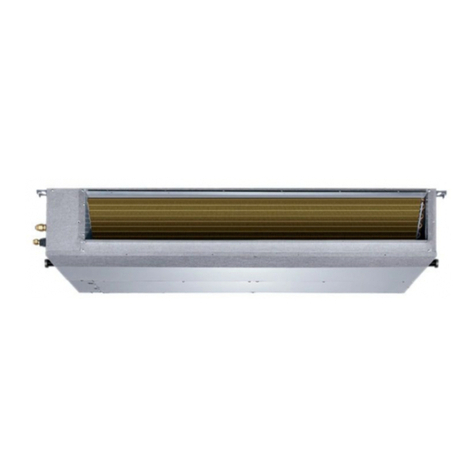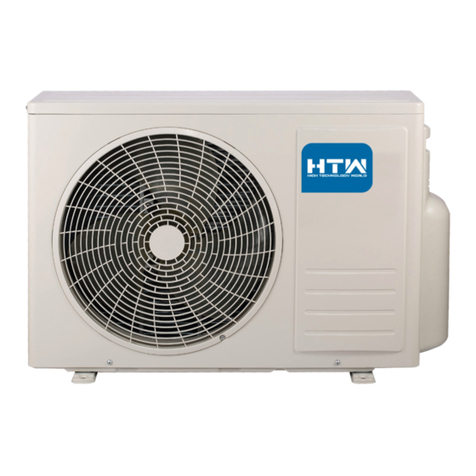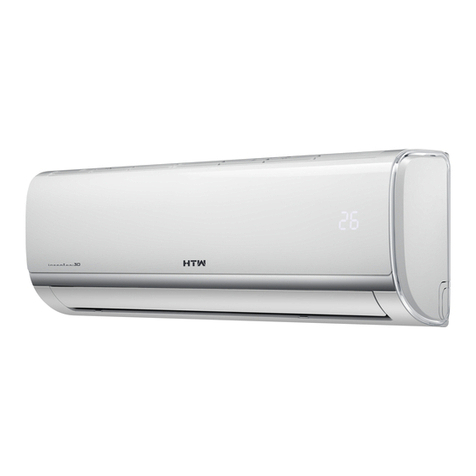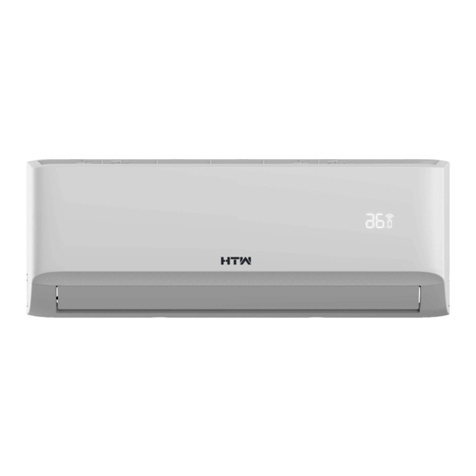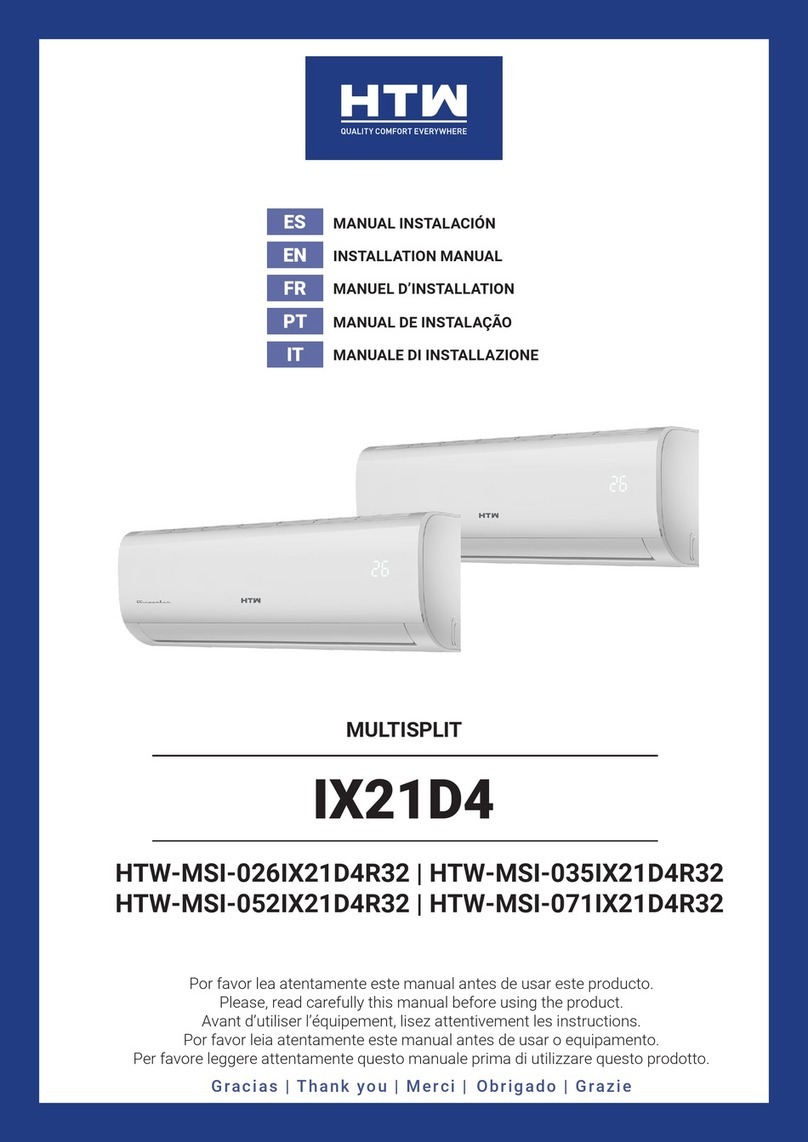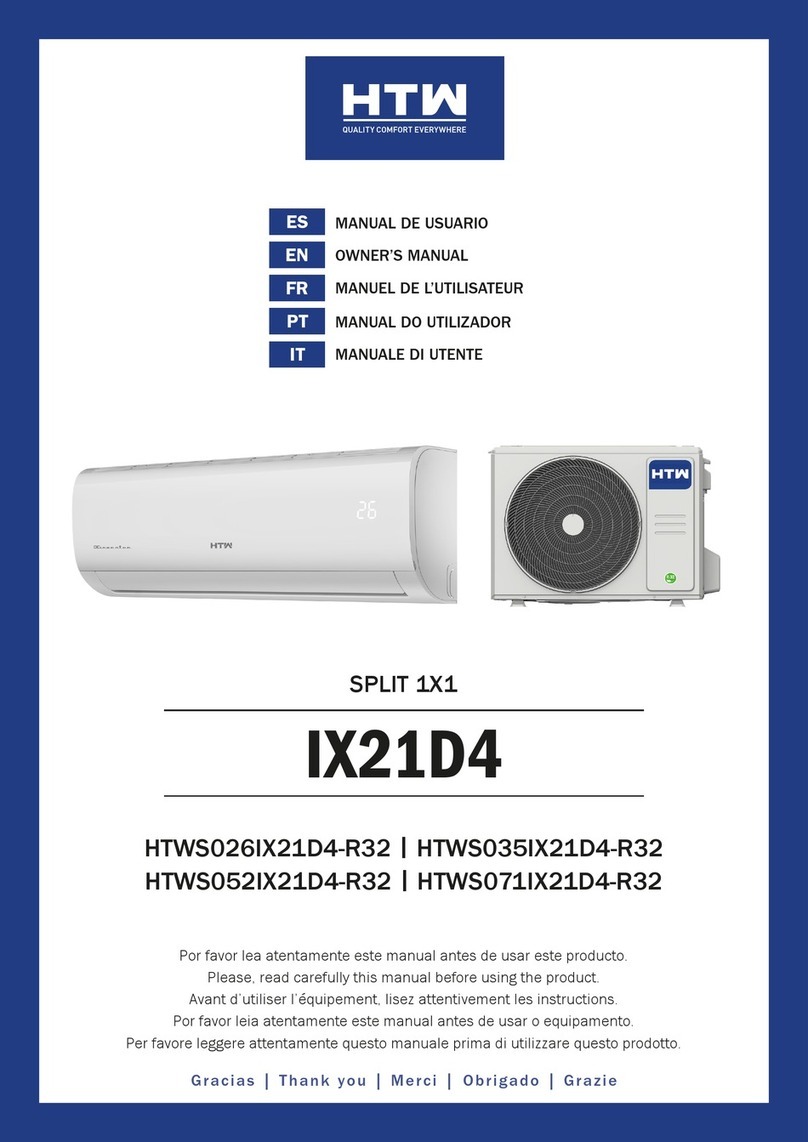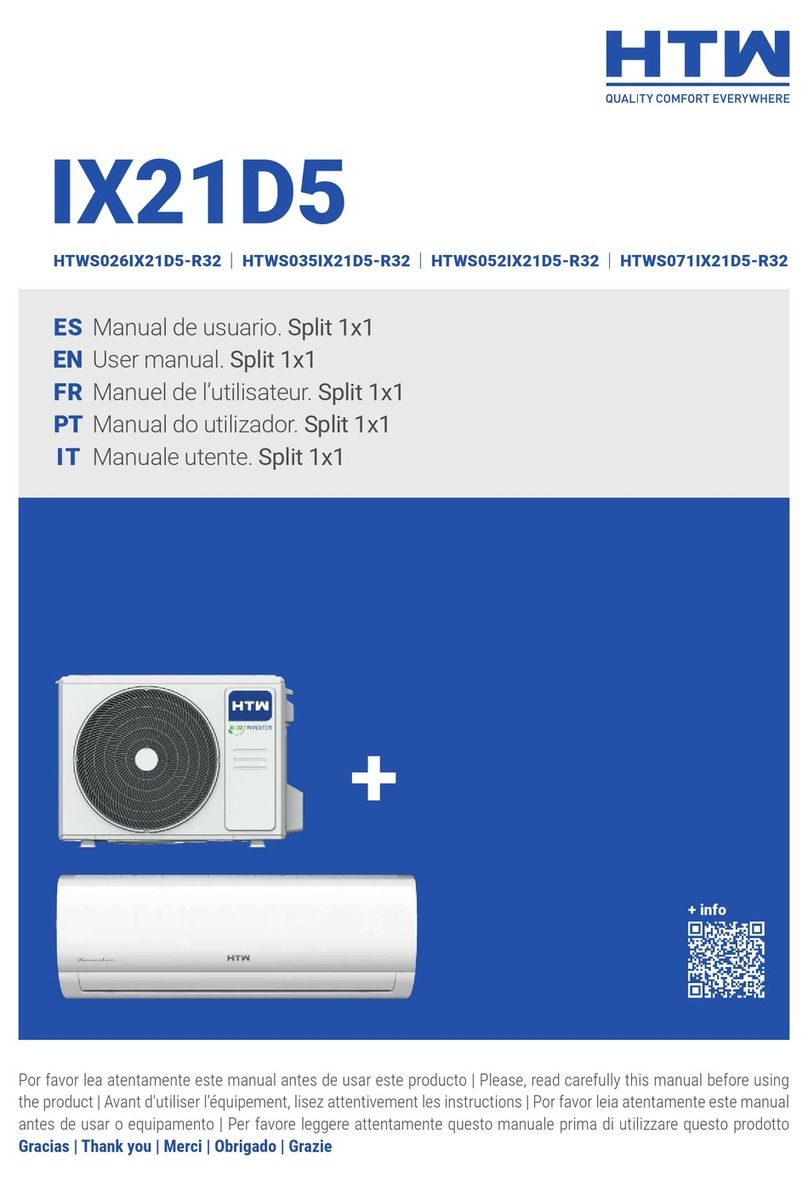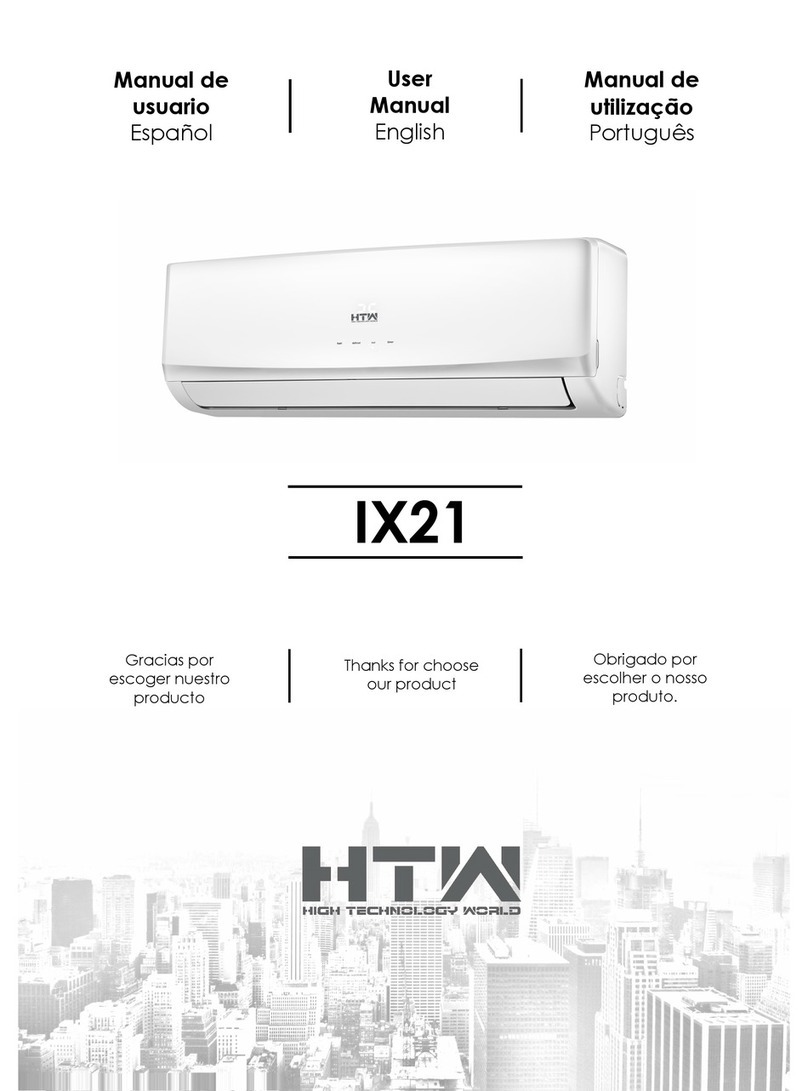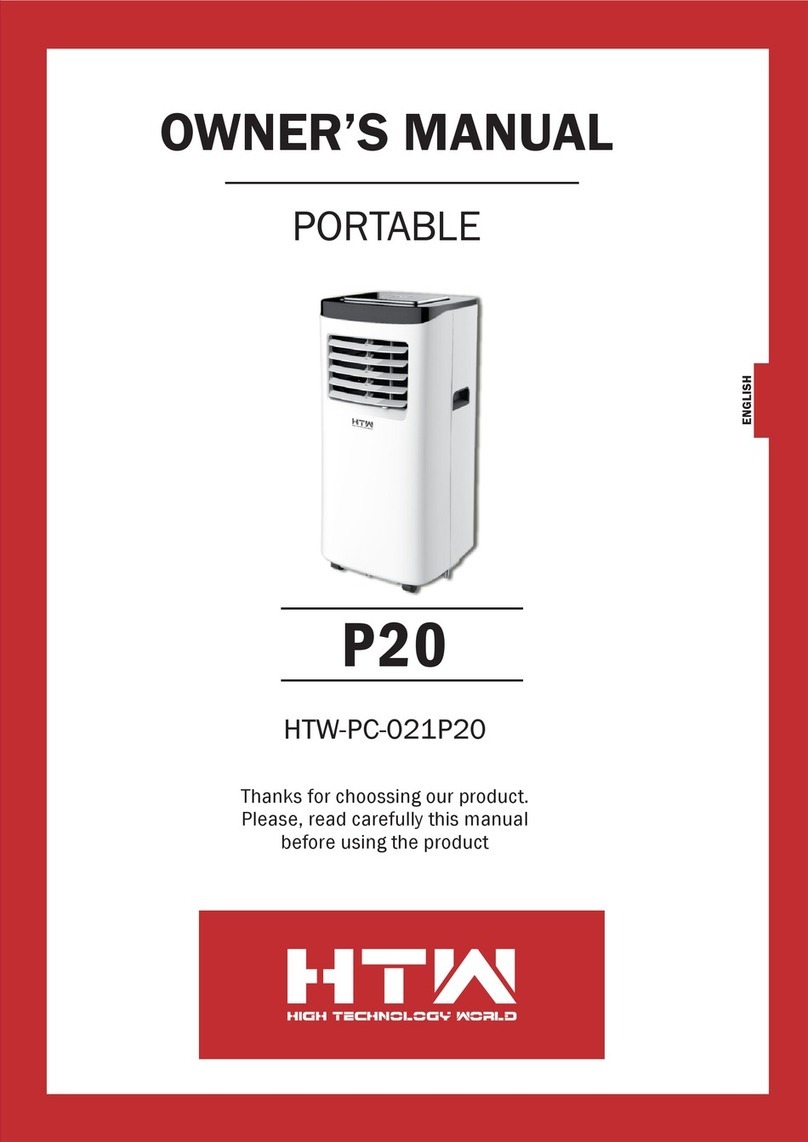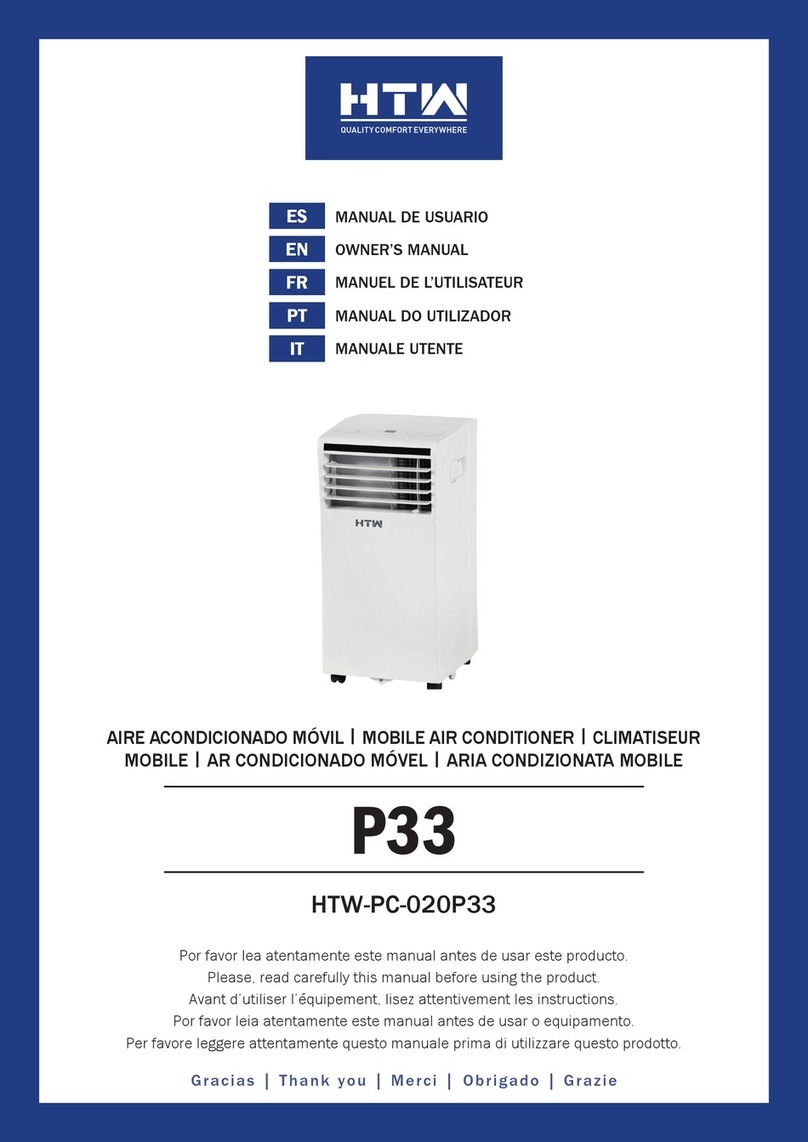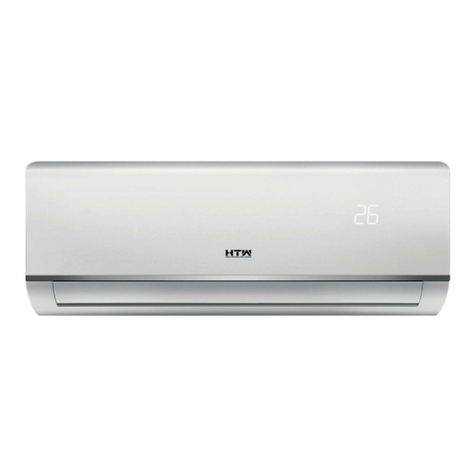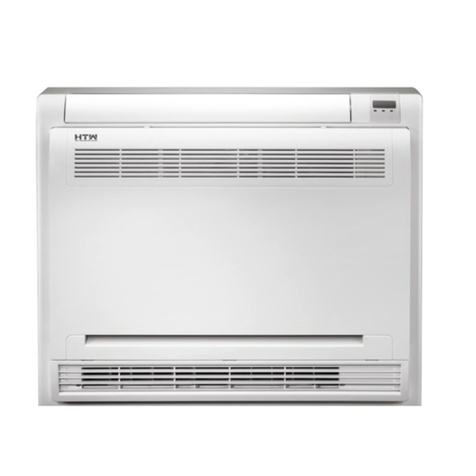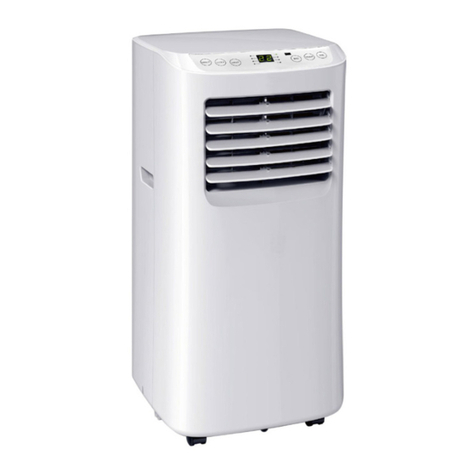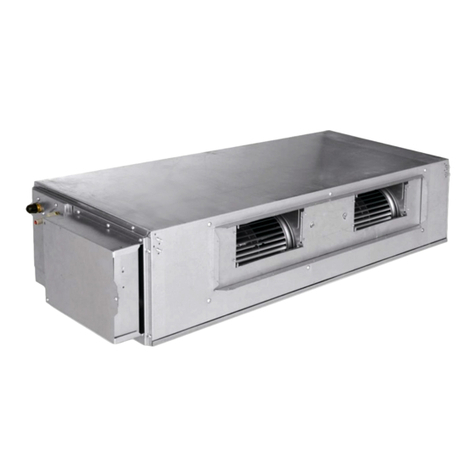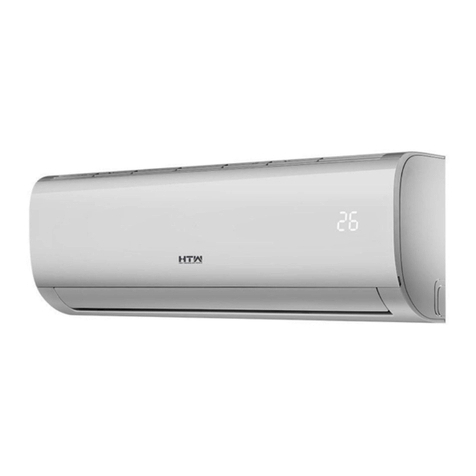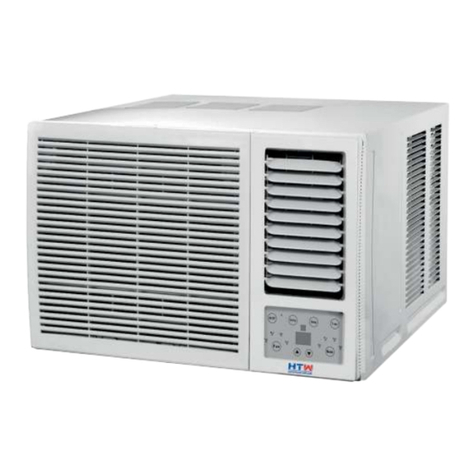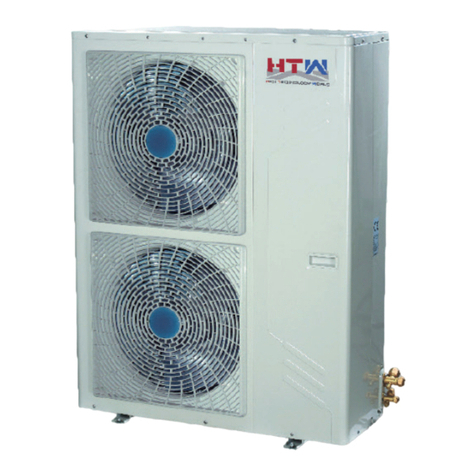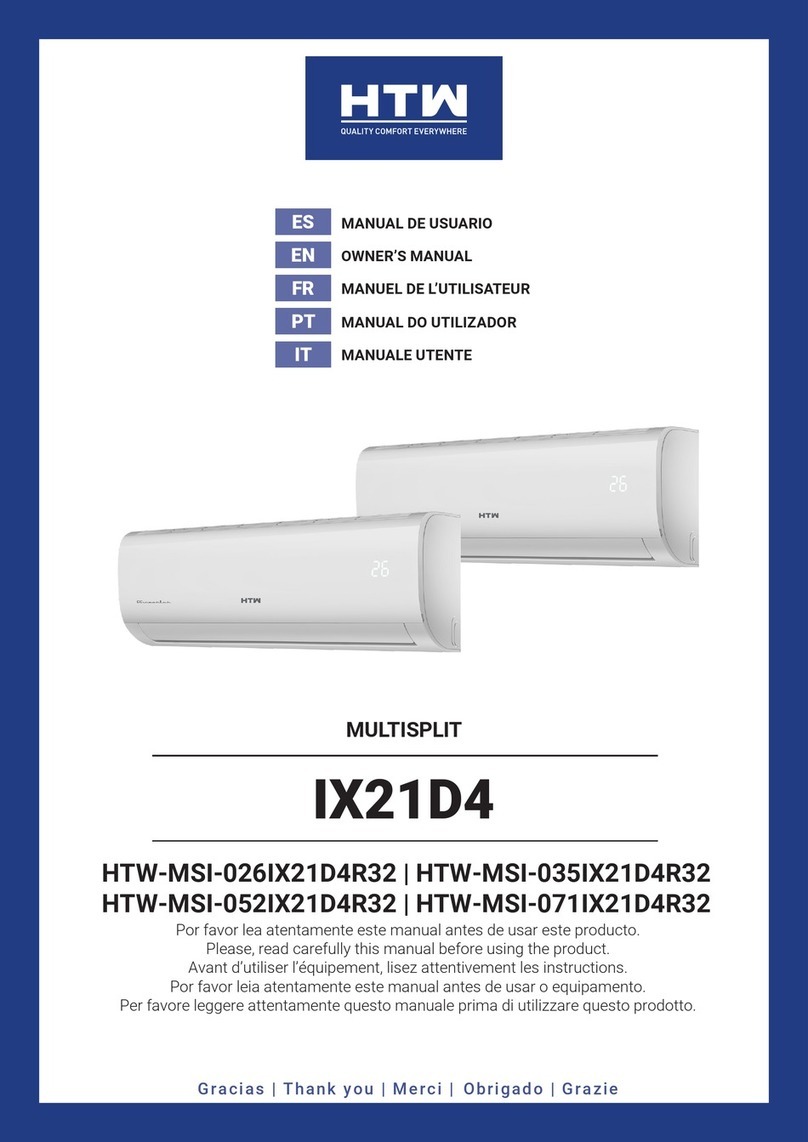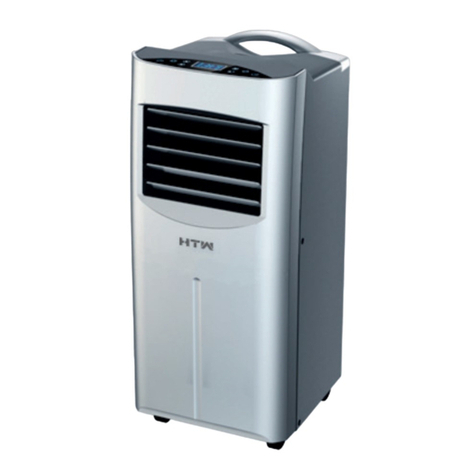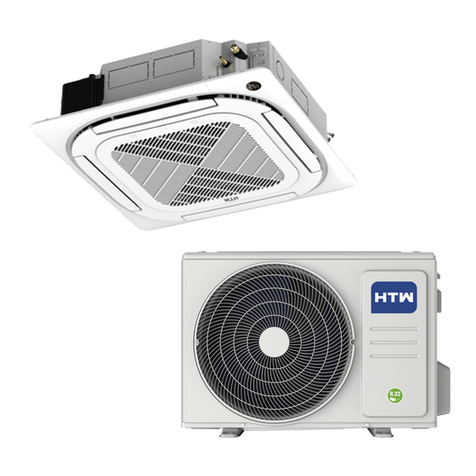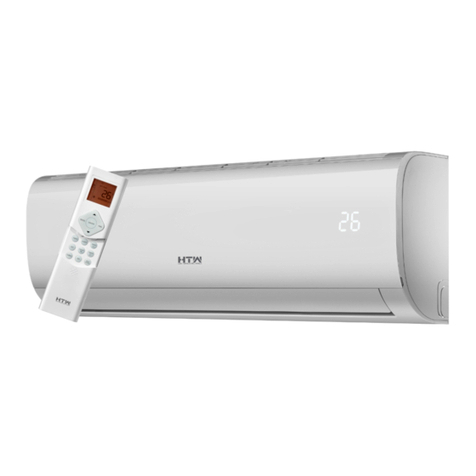
Unit Parts
And Major
Functions
Page 8
Operating Conditions
Use the system under the following temperatures for safe and eective operation. If the air
conditioner is used under dierent conditions, it may malfunction or become less ecient.
Features
Protection of the air conditioner
Compressor protection
•The compressor cannot restart for 3 minutes
after it stops.
Anti-cold air (Cooling and heating models
only)
•The unit is designed not to blow cold air on
HEAT mode, when the indoor heat exchanger
is in one of the following three situations and
the set temperature has not been reached.
A) When heating has just started.
B) During defrosting.
C) Low temperature heating.
•The indoor or outdoor fan stop running when
defrosting (Cooling and heating models only).
Defrosting (Cooling and heating models only)
•Frost may be generated on the outdoor unit
during a heat cycle when outdoor temperature
is low and humidity is high resulting in lower
heating eciency in the air conditioner.
•Under these conditions, the air conditioner will
stop heating operations and start defrosting
automatically.
•The time to defrost may vary from 4 to 10
minutes, depending the outdoor temperature
and the amount of frost buildup on the
outdoor unit.
Auto-Restart (some models)
In case of power failure, the system will
immediately stop. When power returns, the
Operation light on the indoor unit will flash. To
restart the unit, press the ON/OFF button on the
remote control. If the system has an auto restart
function, the unit will restart using the same
settings.
White mist emerging from the indoor unit
•A white mist may be generated due to a large
temperature dierence between air inlet and
air outlet on COOL mode in places with high
relative humidity.
•A white mist may be generated due to moisture
created in the defrosting process when the air
conditioner restarts in HEAT mode operation
after defrosting.
Noise coming from the air conditioner
•You may hear a low hissing sound when the
compressor is running or has just stopped
running. This sound is the sound of the
refrigerant owing or coming to a stop.
•You may also hear a low "squeaking" sound
when the compressor is running or has just
stopped running. This is caused by tempera
heat expansion and cold contraction of the
plastic parts in the unit when the temperature
is changing.
•A noise may be heard due to the louver
restoring itself to its original position when
power is rst turned on.
Dust blowing out from the indoor unit.
This is happens when the air conditioner has not
been used for a long time or during its rst use.
Smell emitting from the indoor unit.
This is caused by the indoor unit giving o smells
permeated from building materials, furniture,or
smoke.
NOTE: For multi-split type air conditioners, one outdoor unit can be matched to dierent types of
indoor units. All of the pictures in this manual are for demonstration purposes only. Your air
conditioner may be slightly dierent, if similar in shape. The following pages introduce several kinds
of indoor units that can be matched with the outdoor units.
COOL Mode HEAT mode DRY mode
Indoor
Temperature 17-32°C(62-90°F) 0-30°C (32-86°F) 17-32°C(62-90°F)
Outdoor
Temperature
0-50°C (32-122°F)
-15-24°C (5-75°F) 0-50°C (32-122°F)
-7-24°C (19-75°F) 0-60°C (32-140°F)
-15-50°C (5-122°F)
(For models with low-temp
cooling systems)
0-60°C (32-140°F)
(For special tropical models)
